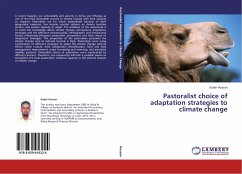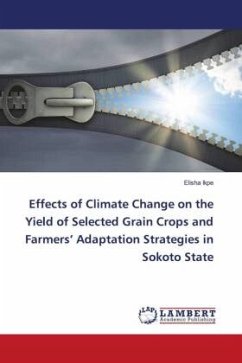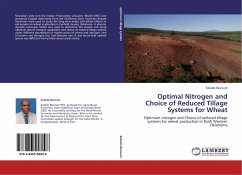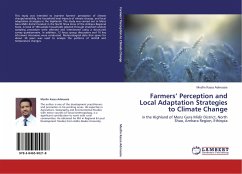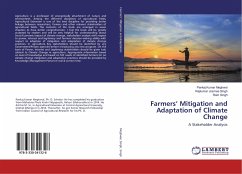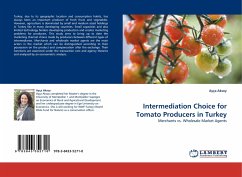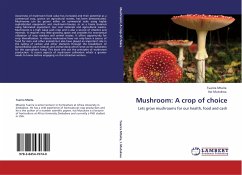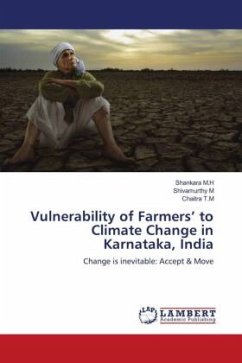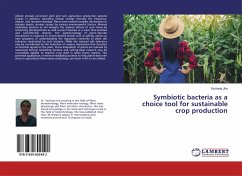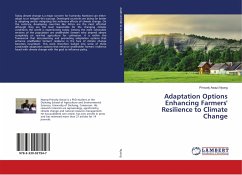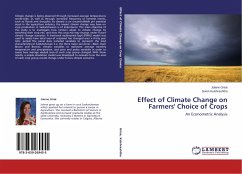
Effect of Climate Change on Farmers' Choice of Crops
An Econometric Analysis
Versandkostenfrei!
Versandfertig in 6-10 Tagen
30,99 €
inkl. MwSt.

PAYBACK Punkte
15 °P sammeln!
Climate change is being observed through increased average temperatures world-wide, as well as through increased frequency of extreme events, such as floods and droughts. As climate is an uncontrollable yet essential input in the agriculture industry, the impact climate change may have on crop production in Saskatchewan is of importance. The main objective of this study is to investigate how farmers adapt to climate change by switching their crop mix, and how this crop mix may change under future climate change scenarios. A fractional multinomial logit (FMNL) model was used to assess how total...
Climate change is being observed through increased average temperatures world-wide, as well as through increased frequency of extreme events, such as floods and droughts. As climate is an uncontrollable yet essential input in the agriculture industry, the impact climate change may have on crop production in Saskatchewan is of importance. The main objective of this study is to investigate how farmers adapt to climate change by switching their crop mix, and how this crop mix may change under future climate change scenarios. A fractional multinomial logit (FMNL) model was used to assess how total area of cropland has changed over a thirty year time period. The panel data included variables to represent the land characteristics of Saskatchewan (i.e. the three major soil zones - Black, Dark Brown and Brown), climatic variables to represent average monthly temperature and precipitation, and price and policy variables in order to assess how average seeded area of each crop group changed. With these results, a simple simulation model was developed to evaluate how the area of each crop group would change under future climate scenarios.



